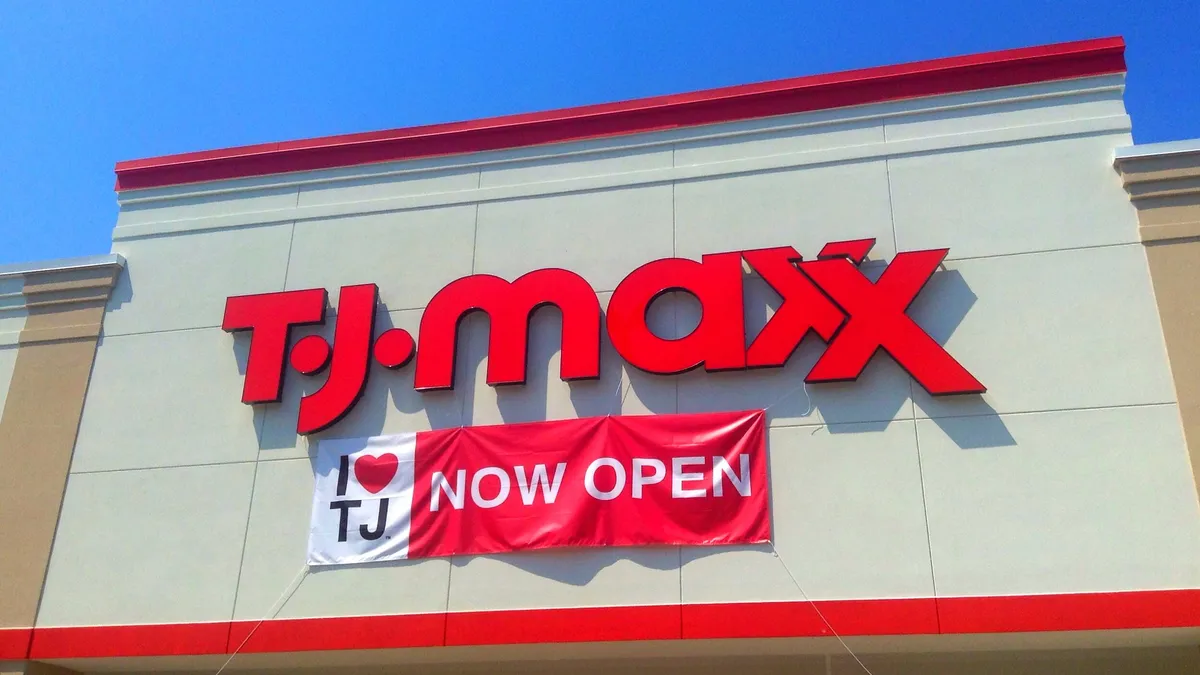As rising food and fuel prices squeeze household spending, and as consumers return to dining out and travel, retail's rebound from the pandemic could be short-lived.
The recovery has been especially striking in apparel. People have been refreshing their wardrobes as office-based work resumed and special occasions like weddings were rescheduled. So far this year, according to numbers from the U.S. Commerce Department, clothing sales were up 24.3% year over year in January and 31% in February.
But it's far from clear how much momentum the apparel segment has. About a year ago, retail sales were propped up by federal stimulus relief, which went to many consumers, including some in higher income brackets. That support is over. With any savings from the stimulus now running out, rising fuel and food prices are encroaching on household budgets.
In short, some analysts warn that the uplift in guidance for 2022 released by many apparel retailers could prove to be overly optimistic.
"Bigger picture, this is not the 'fantastical and magical' setup we had expected, and we now see ongoing macro concerns and negative revisions keeping our universe under pressure for the time being," Wells Fargo retail analysts led by Ike Boruchow said in an April 5 research note, in which they cut earnings expectations "across the board" and downgraded Ralph Lauren, TJX Cos. and VF Corp.
Taxpayers have begun receiving any refunds owed to them, which will have some stimulus effect, as it typically does. Tax refund recipients already this year have been outspending non-recipients, a gap that reached 7 points in the third week of March, up from 3 points in 2019, according to a report from Earnest Research.
But that won't be as broad-based as the pandemic relief has been, because while many households received pandemic support, far fewer receive refunds, per that report. So far, general electronics, off-price, online marketplaces and big-box retailers are benefiting most from the tax refund windfall, as are dining out and air travel, according to Earnest researchers.
Bigger picture, though, consumer sentiment is taking a hit. Telsey Advisory Group analysts Dana Telsey and Joseph Feldman in an April 4 report concluded that "the strength of the U.S. consumer should be enough to be able to weather the higher interest rate environment." But analysts also said that ongoing pandemic-related supply chain challenges and Russia's invasion of Ukraine are stoking prices further and, ultimately, are likely to pressure retail sales.
Wells Fargo sees consumer confidence already flattening out, making visibility into retail's prospects for the second half of the year "cloudier."
"This is despite the fact that the national employment picture remains quite strong, and wages continue to register [double-digit] increases year over year," those analysts said.
Some players — including Bath & Body Works, luxury players Tapestry and Capri, and sports brands Under Armour and Nike — are staying on a longer term positive path, Wells Fargo said. But for many retailers that sell apparel — who may have been hoping to keep up the margin gains they've enjoyed thanks to lean inventories and an economic landscape that even now includes wage gains and low unemployment — tax refund season could be a highlight of the year.
"Despite the strong consumer backdrop, we'd characterize 2022 guidance as increasingly unrealistic," the Wells Fargo team said.














